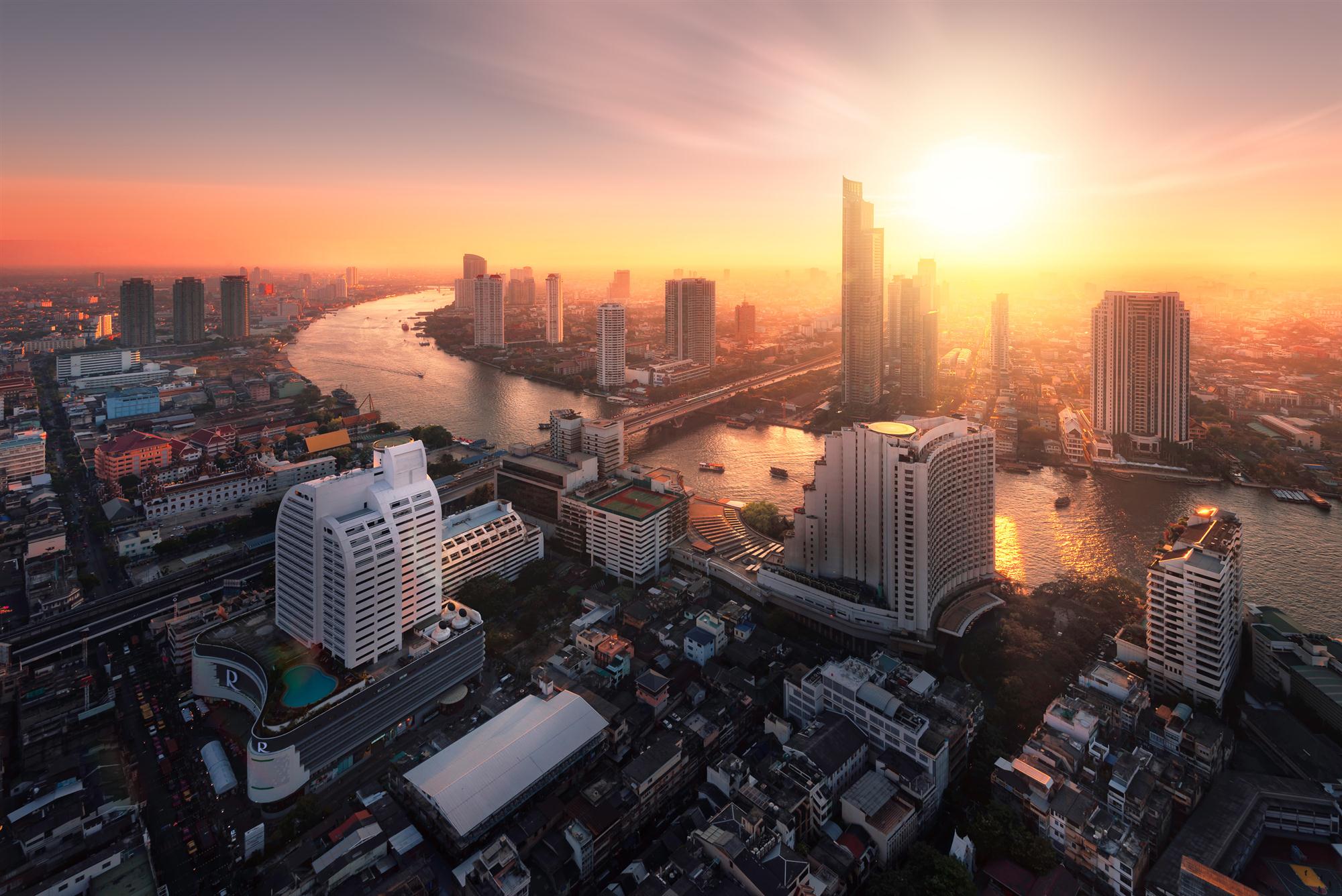Regional leaders from upper Southeast Asia meeting at the Ayeyawady-Chao Phraya-Mekong Economic Cooperation Strategy (ACMECS) meeting in Bangkok recently agreed to press on with wide-ranging plans for regional integration.
Led by Thailand, the group produced a document which sounded strong but lacked specifics, despite intentions and declarations with far-reaching infrastructure and trading regime implications.
“We have adopted the ACMECS master plan, initiated by the Thai side, the first of its kind in the sub-region, which reflects ACMECS’ future direction,” Thailand’s military ruler, General Prayut Chan-o-cha, said in a Thai communiqué issued at the summit’s close.
The master plan is in line with Thailand’s economic policies, particularly with Thailand 4.0 and the development of the Eastern Economic Corridor (EEC) Project, which is one reason for Prayut’s glee.
“The ACMECS master plan will help our sub-region integrate into the global value and supply chains through application of knowledge and innovation, access to digital technology, and public-private partnerships (PPP) or what Thailand refers to as the Pracharat policy,” the general added.

The ACMECS master plan has three goals.
First up is Seamless ACMECS, which focuses on filling in the missing infrastructure and transportation links, as well as development of digital infrastructure.
However, in one of the most telling omissions from the communiqué, no specific links were mentioned despite the missing pieces being both well-known and many. What there was was an agreement to prioritize projects to be implemented in the early phase, i.e., the next two years.
“These prioritized projects will focus solely on those urgently needed missing links along the East-West Economic Corridor (EWEC) and Southern Economic Corridor (SEC), including hardware, digital and energy infrastructures, as well as harmonization of rules and customs regulations to facilitate trade and investments between ACMECS countries,” said Prayut.
One of the few other specifics to emerge occurred in bilateral discussions between the leaders of Thailand and Myanmar. “The two leaders also endorsed mutual cooperation on the development of the Dawei special economic zone, seamless connectivity and an opening of additional permanent border crossing points at the Singkhon and Huay Ton Nun border crossings,” a government source said.
Statements like Prayut’s are not new. What is fresh is a clearer idea of what ACMECS would like to achieve – although the mission statement is as lofty as the leaders’ rhetoric and just as short on timelines and specifics.
“We have ambitiously set a goal that goods would be delivered through the East-West Economic Corridor within approximately 30 hours, instead of over five days as per current practice,” Prayut added.
Secondly, there are plans for synchronized ACMECS economies, which focus on the harmonization of trade and investment rules and regulations as well as financial cooperation. The third is Smart and Sustainable ACMECS, focusing on human resources development and application of technology.
Private sector response is split, with senior executives at the associated private sector meetings which paralleled ACMECS being more supportive than the region’s freight movers. The former, in Prayut’s words, “praised ACMECS’ initiative in drafting the ACMECS master plan, as well as stressed the importance of public-private partnerships in promoting infrastructure development.”
Reaction on the ground from industry sources ranged from the dismissive to very cautious.
“Looking at the press release, it says nothing except that they have grand plans. The other document does mention inter-modal transport. However, at no point does it mention the free movement of vehicles,” said Paul Apthorp, vice chairman of the Greater Mekong Subregion Freight Transport Association.
“I can't find much in the way of specifics on freight. None of these bodies seem to be pushing for the full role out of the cross-border transport facilitation agreement (CBTA). The CBTA early harvest has already missed a season. From being imminent last October or November, the first trials between Thailand and Myanmar are only due to start after they sign the memorandum of understanding in August,” Apthorp said. “Talk about kicking the can down the road.”
By Michael Mackey
Southeast Asia Correspondent | Bangkok




